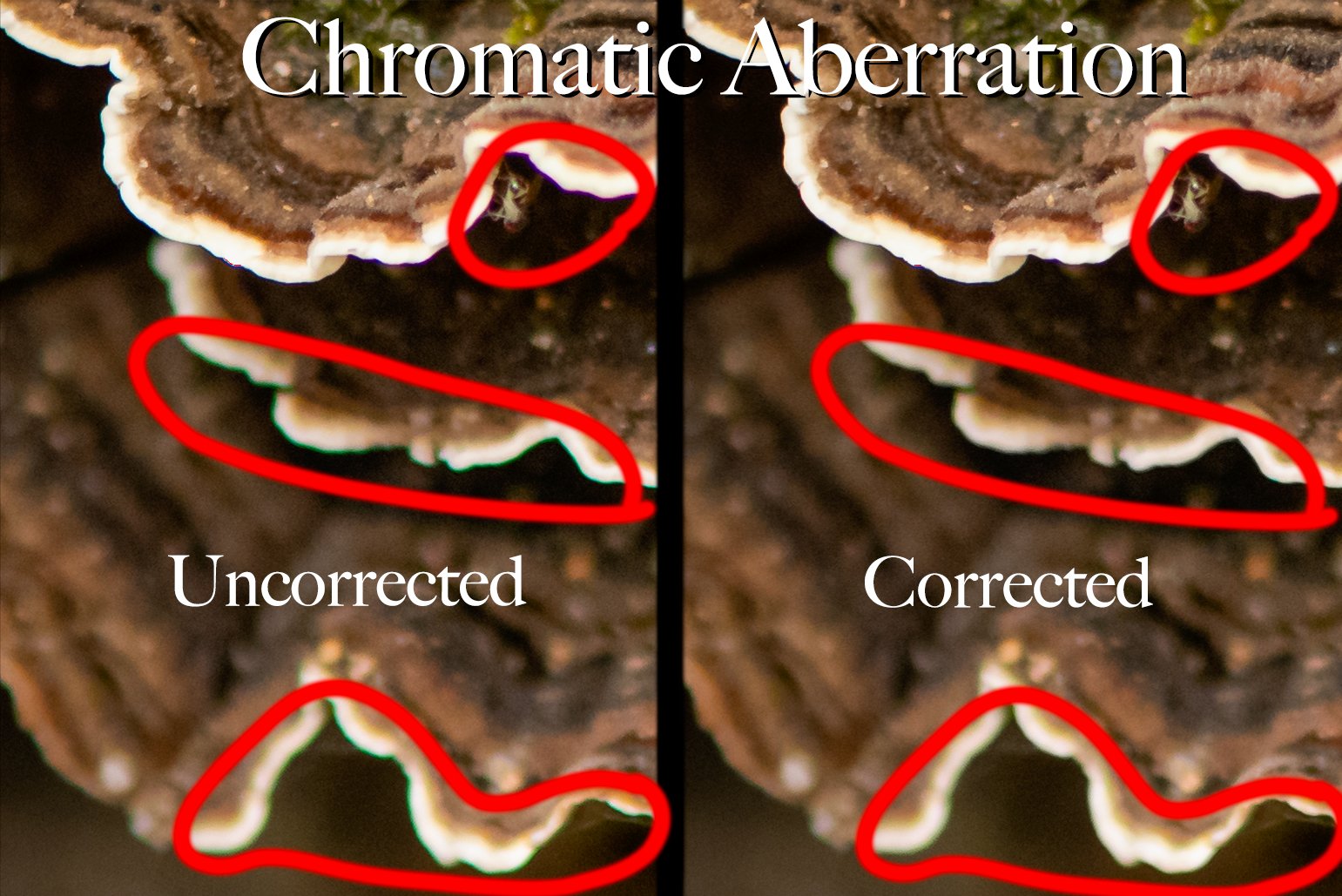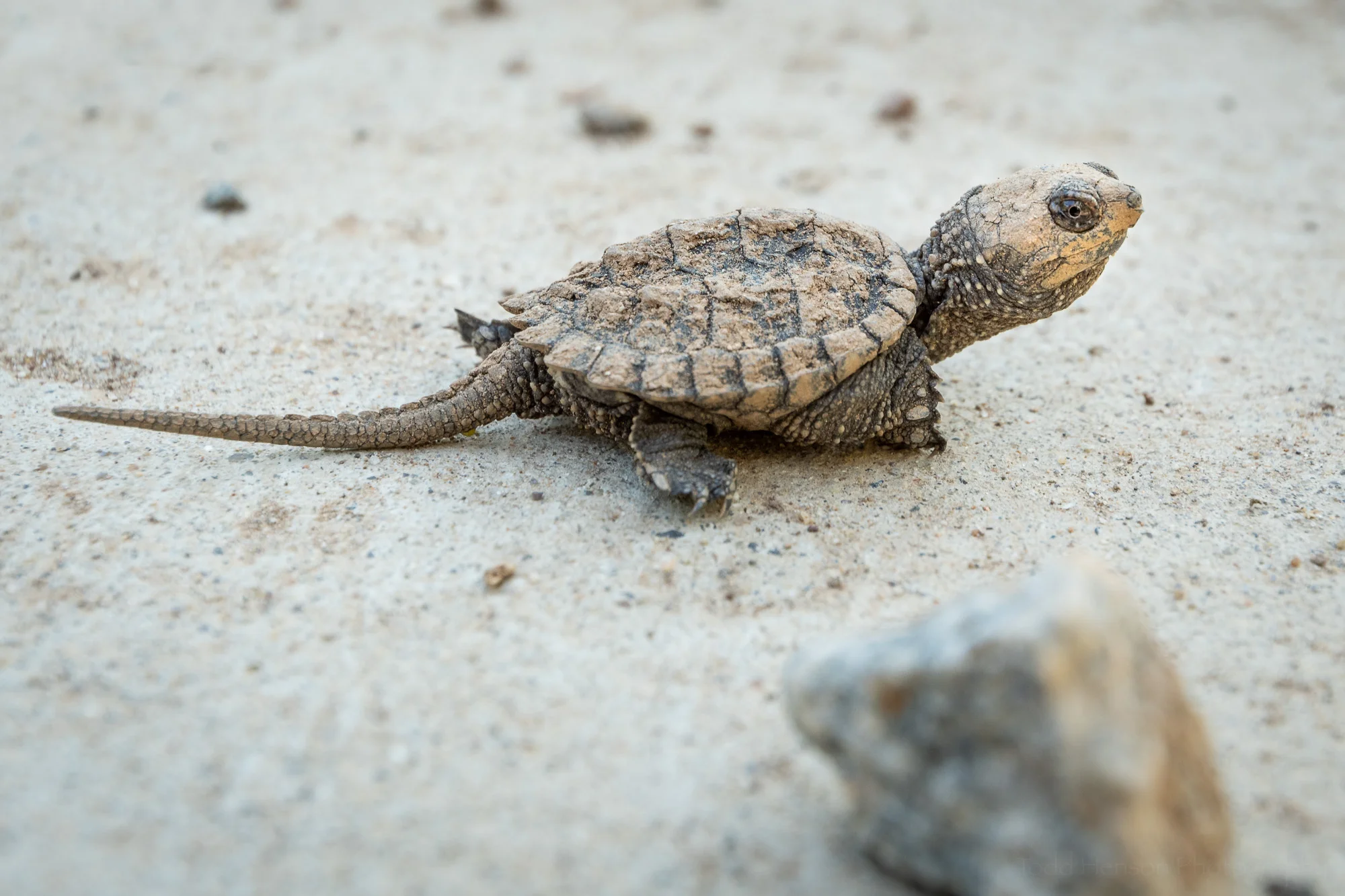A clematis in the garden (shot with an aperture of f/4).
One day while visiting my folks I was taken by the sight of this beautiful purple clematis flowering in their garden, hanging from a black metal trellis. Thankfully I had my camera with me that day, though only a single lens, the 16-35mm f/4. I don’t often use this lens for photographing flowers, but it seemed like a good time to start.
The photos in this post show 3 different angles I tried when photographing these lovely flowers. They weren’t all that high off the ground so I used the 35mm end of the zoom to focus in on the flower without too much distracting background. Then I experimented with framing and with aperture.
An example at aperture f/8.
An example at aperture f/4.
I most often use the 16-35mm when I’d like a lot of depth of field. Wide angle lenses are usually good at providing this. But when photographing these clematis I was more interested in a shallow depth of field. The widest aperture of this lens is f/4 and that ended up being the aperture I used for my favorite shots of this series. I did, however, create 2 images at f/8 to show you the difference this makes.
I held the lens physically close to the subject, probably very close to the minimum focusing distance of the lens. Even with an aperture of f/8 the background is nicely blurred, but it does still have some detail. Notice the difference when I opened the aperture one more stop to f/4, its widest setting. It throws the background even more out of focus, but it also throws some of the main flower out of focus.
An example at aperture f/8.
An example at aperture f/4.
There’s no right or wrong in these situations. It all depends on what look you are going for. For myself, I tend to prefer the images with a shallower depth of field. Which do you prefer?
Do you enjoy these posts?
Sign up to receive periodic emails with updates and thoughts. Don’t worry, I won’t spam you. And please consider purchasing artwork or products from my online store, and using my affiliate links in the sidebar to the right when shopping online.
I appreciate your support!































